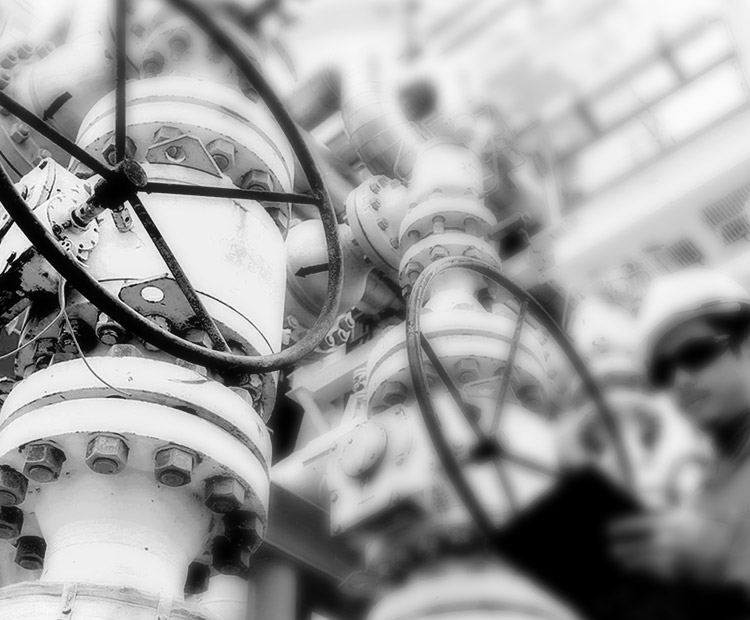

Characteristics and ranges of different connection modes of valves
2019-06-26 Browse:6865
1. Threaded connection valves. This connection is usually made into tapered or straight pipe threads at the end of the valve, which can be connected to tapered pipe threaded joints or pipelines. Because this connection may have larger leakage channels, these channels can be blocked with sealants, sealants or fillers. If the material of the valve body can be welded, but the expansion coefficient varies greatly, or the working temperature varies widely, the threaded joint must be honeycombed.
Thread-connected valves are mainly nominal valves passing below 50 mm. If the diameter is too large, it is very difficult to install and seal the connecting part.
In order to facilitate installation and disassembly of threaded valves, pipe joints can be used at appropriate locations in the pipeline system. Valves with nominal diameter less than 50 mm can use sleeve joints as pipe joints. The threads of the sleeve joints connect the two parts of the connection.
2. Flange connection valves. Flanged valves are easy to install and disassemble. But they are heavier than threaded valves, and the corresponding price is higher. Therefore, it is suitable for pipeline connections of various sizes and pressures. However, when the temperature exceeds 350 degrees, the bolts, gaskets and flanges become relaxed and the load of bolts is obviously reduced, which may lead to leakage of flanged connections with great stress.
3. Welding connection valves. This connection is suitable for various pressures and temperatures. It is more reliable than flange connection when used under higher load conditions. However, the disassembly and reinstallation of welded valves are difficult, so their use is limited to situations where they can normally operate reliably for a long time, or where the operating conditions are loaded and the temperature is high. Such as thermal power plants, nuclear power projects, ethylene projects on the pipeline.
Welded valves with nominal sizes less than 50 mm usually have welded sockets for piping at the loading plane end. Because socket welding forms a gap between the socket and the pipeline, it is possible to cause the gap to be corroded by some media. At the same time, the vibration of the pipeline will make the joint fatigue, so the use of socket welding is limited to a certain extent.
In the case of larger nominal diameter, higher operating conditions and higher temperature, groove butt welding is often used for valve body. At the same time, the original requirements for welding seam must be selected to complete this work by skilled welders.
- The last one: This is the first article.
- Next item: It's the last article.


